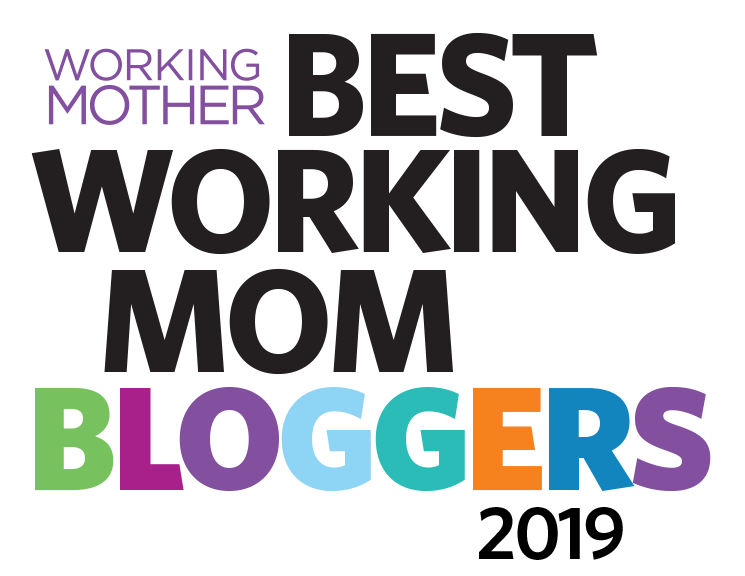Back-to-school is a lot more than new backpacks, notebooks and pencils in our family. It has been ten years since my son was first
diagnosed with Sensory Processing Disorder, something that has stayed with him
along with some rigid, anxious and distracted behaviors that come to visit
periodically.
Early on, I was overwhelmed with trying to figure out how I
could support these challenging behaviors in ways that also supported me and
our time as a family. I wanted our home to become more than my sensory childʼs
emotional unloading zone. I wanted to have moments of connection and fun, and
that meant coming up with strategies for the little things at home that
could easily turn into major stress points.
Letʼs go room-by-room to identify ways you can use
structure, routines and visual aids to support your sensory child—and your
time as a family.
Playroom organization for sensory kids
Put together an active bin. The goal is to give kids
“safe” ways to move. Include age-appropriate activities such as big foam
blocks for crashing into, a bowling set or
balancing toys.
Create a sensory zone. Dedicate a bin or area for simple sensory
activities, ready to go—a rice or bean bin, Play-doh, rug remnants to explore different
textures.
Have a fascination station, too. Nothing can calm and center our
sensory kids like time with a
current fascination. Say your child is into cars; put together a bunch in a bin, even better if it's a small one with a top so you can grab it and go for car rides or trips.
Dining room organization for sensory kids
Allow for controlled movement. A disk seat on the
dining room chair, carpet square on the floor for a “standing” seat or
frequent trips to get up to get things needed for the meal are a few structured
ways to incorporate movement.
Play table games. It's a great way to help sensory
kids stay engaged and connected. A few of my favorites: Dinner Games and
Family Talk.
Make a new menu. To help sensory kids branch out and try new foods, make a laminated New Foods Menu with pictures and/or words of new
foods. Give them a choice of the new food they try with a goal of introducing
one new food every few weeks.
Bathroom organization for sensory kids
Have a bathroom caddy handy. They're great for open, visual
storage for daily routines. You can do a little one for younger children with two sections, as below, or a standing one with wheels for older kids that has sections for teeth-cleaning, hair-care and face-washing items. For
extra support, label with pictures and/or words.
Visualize routines. Print out and laminate a simple
morning/evening bathroom routine
using pictures and words such as 1) Wash Face 2) Brush Hair 3) Brush Teeth.
Bedroom organization for sensory kids
Take the step-down approach. For transitions at
bedtime—hands down, consistently listed by my clients as the most challenging
time for their sensory kids—find a way to include a middle, softer
step so the activity does not seem so overwhelming or extreme. For example, your old transition of favorite TV show right to bed might be too much of a move from a desired to undesired activity. Try to add a family game as a
middle step so the transition now moves more gently from favorite TV show, to
game time, to bed. (This was a life-changing strategy in my house!)
Do bins on wheels. Removing external stimuli in the bedroom at
bedtime can help some sensory kids settle down faster. Having toys and books in
wheeled bins allow you to move them into a closet or out of the room at night
if needed.
Delta Storage Bin With Wheels, set of 2, at Walmart
Find a sensory sweet spot. Invest in some special soft or tactile
blankets, weighted blankets or snug Lycra bedsheets (see sensory retailers for
products). These can help sensory kids calm their bodies and shift into a more
relaxed mode. Time and time again I've found that these small supports have
a huge impact on life at home with my family.
When you have your toolkit ready
for those small but expected bumps for your sensory child, you have a lot more
time at home for the good stuff: real connections and fun. Good luck! And please
feel free to share your own sensory secrets here—it takes a
village (and I’m so happy to be part of this one; thanks Ellen).
Find Caroline on Facebook here and on Twitter here.
Find Caroline on Facebook here and on Twitter here.
Photos used with permission from Mike Egan/Egan Images; all images used with permission The Sensory Child Gets Organized (Touchstone/Simon & Schuster).

















Cool. I will try this.
ReplyDeleteGreat ideas! I'll have to try to implement some of them!
ReplyDeleteGreat tips. Thanks for sharing.
ReplyDeleteThanks so much, we are actually doing most of these which was a big boost to me as a mom who never feels like I'm doing enough.
ReplyDelete